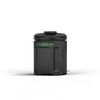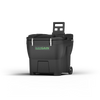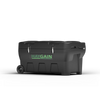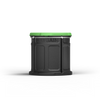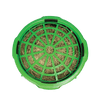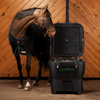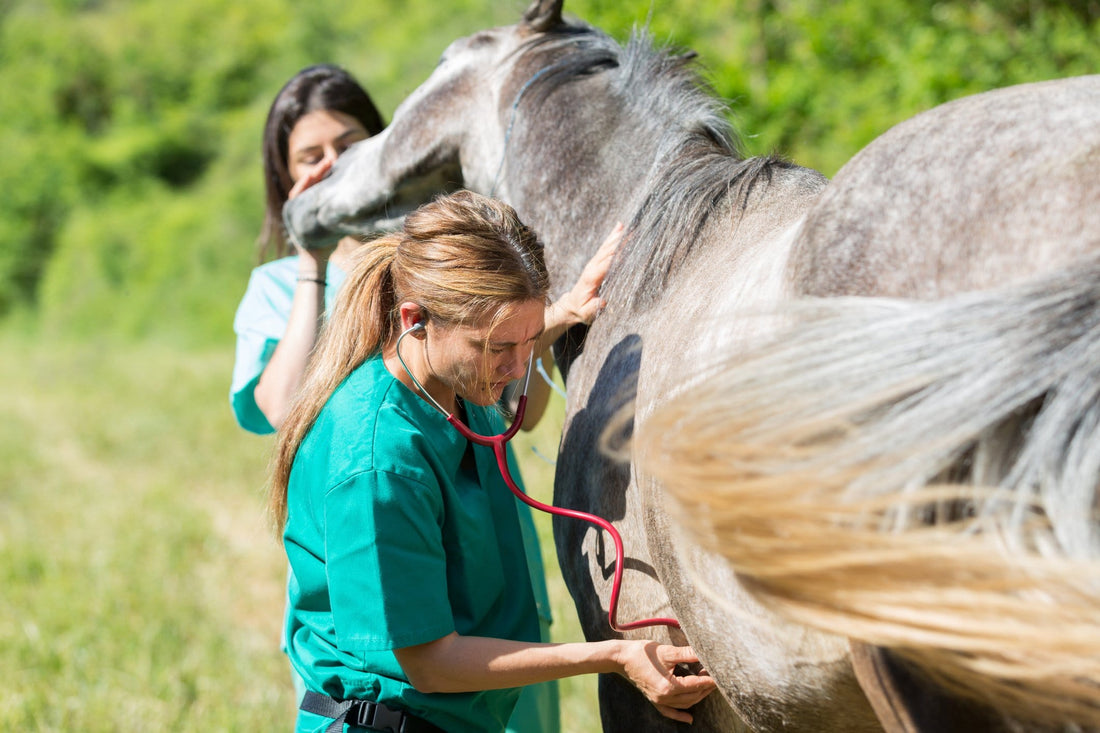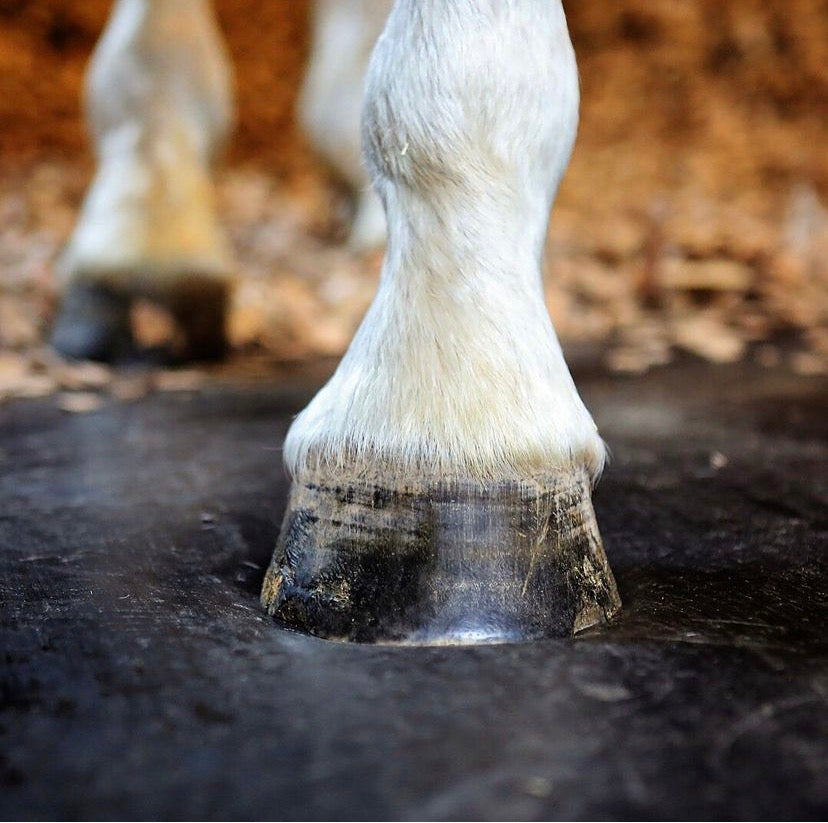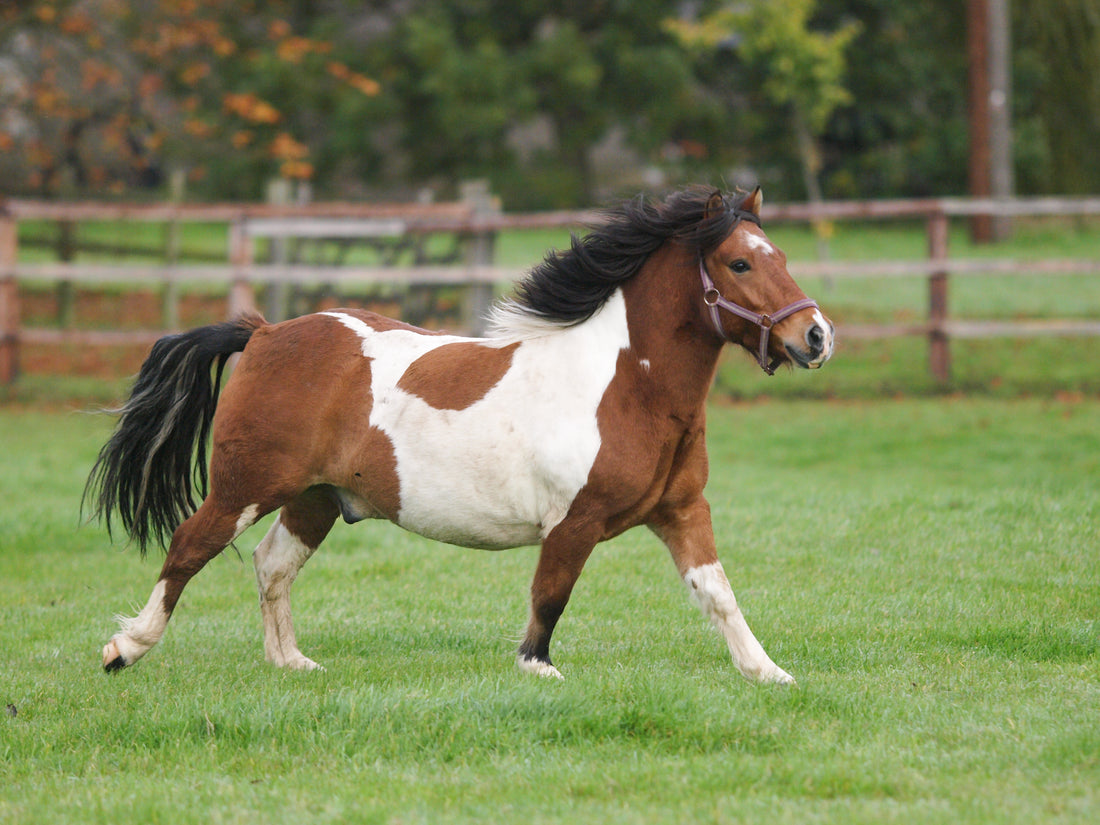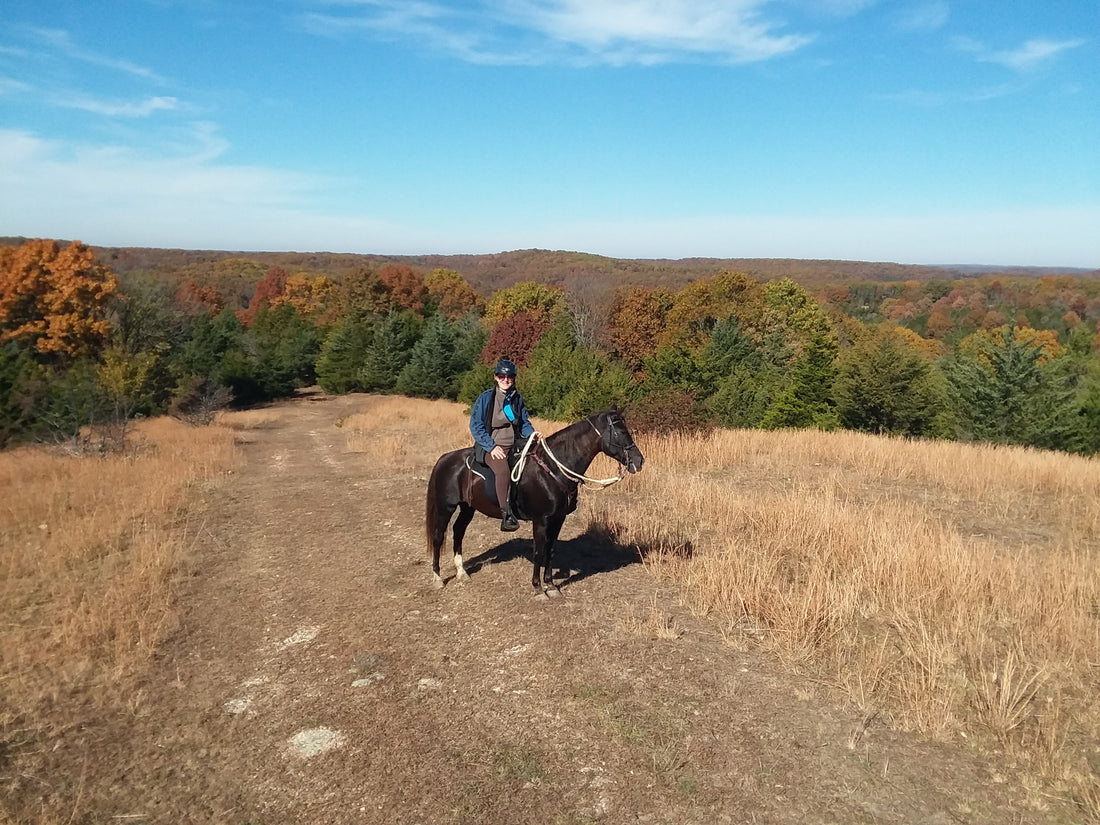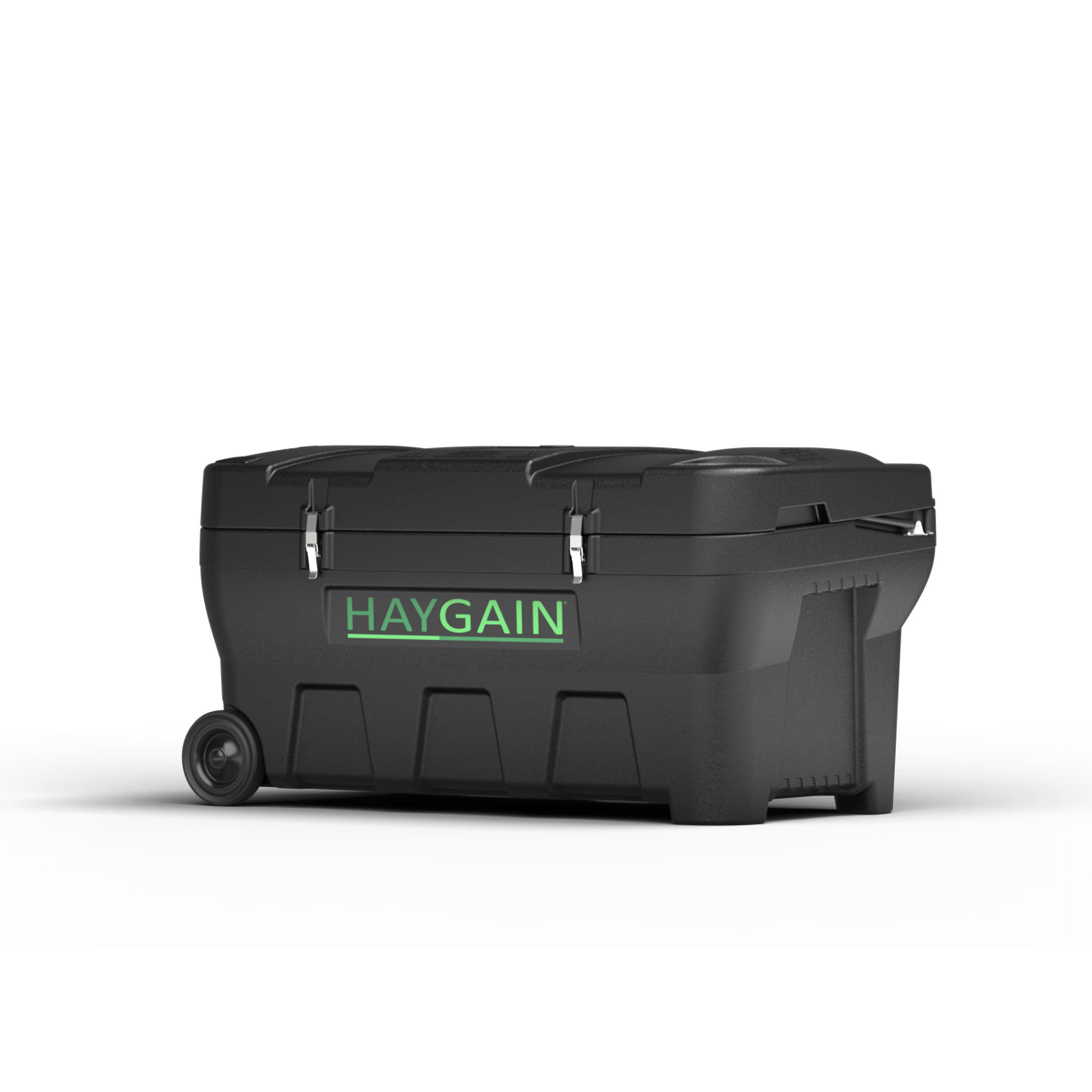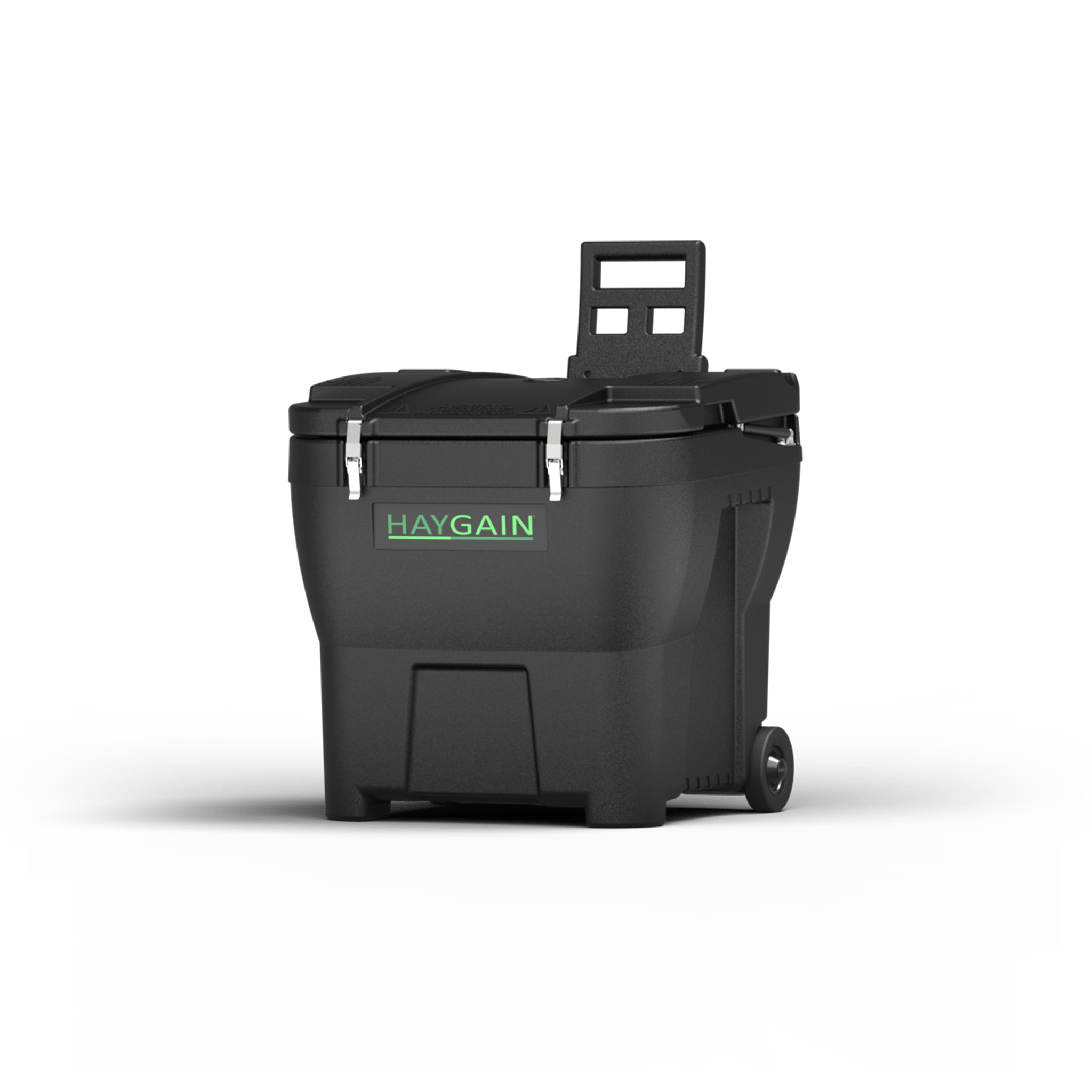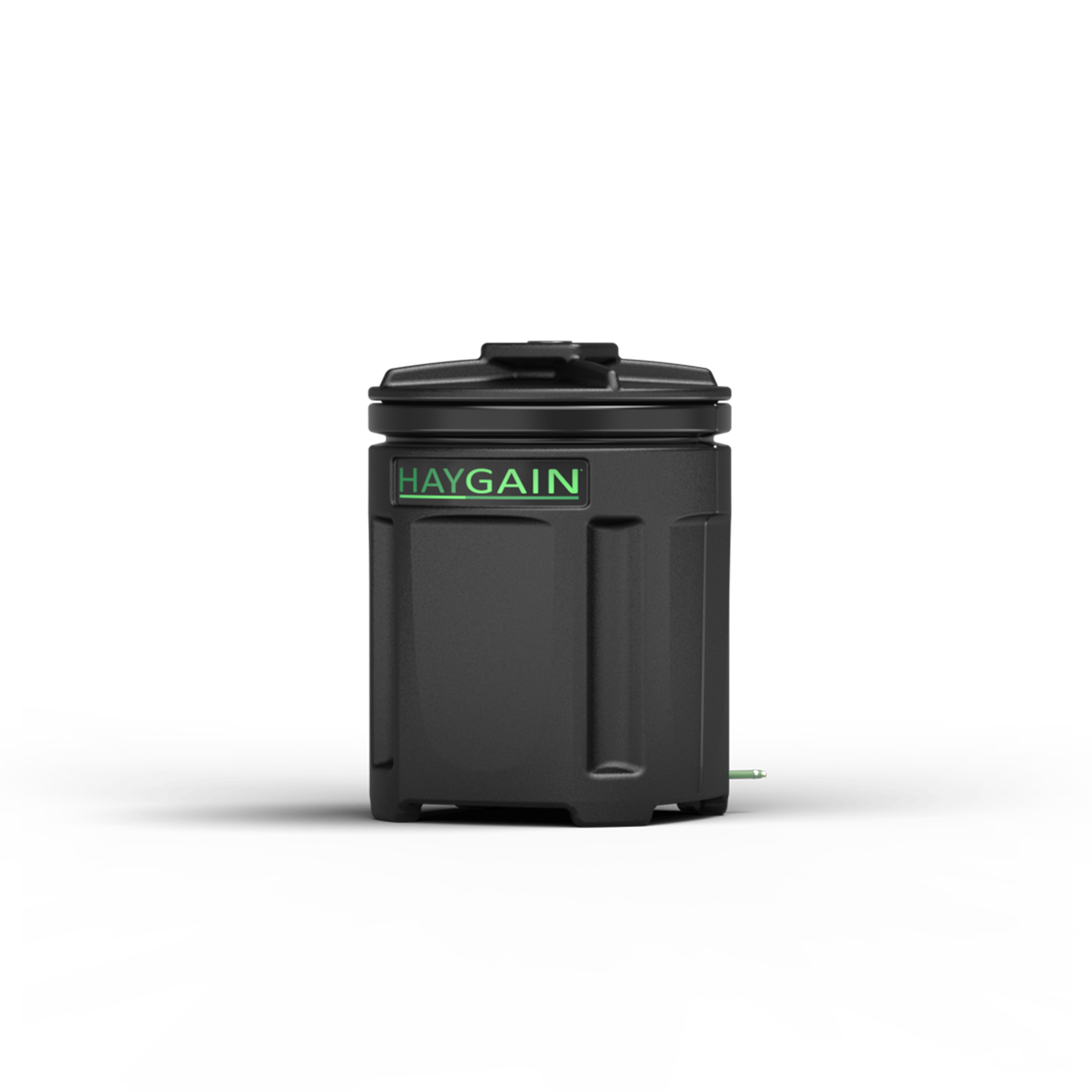How can Steaming help to Prevent Colic? Part 1
Colic is one of the most common medical issues that many horse owners will experience at some point in their lives. Colic is a very generalized term for abdominal pain and requires diagnostics by a veterinarian to determine a more specific cause for the discomfort. In part 1, of this two part article, written by veterinarian, Stephanie Davis, she talks about impaction colic.

Stephanie Davis, DVM
Veterinarian and contributing writer, Feb 27, 2020

Colic is one of the most common medical issues that many horse owners will experience at some point in their lives.
Colic is a very generalized term for abdominal pain and requires diagnostics by a veterinarian to determine a more specific cause for the discomfort. Of the many causes of colic, an impaction is one of the most common. An impaction is the term used to describe a blockage or obstruction within the gastrointestinal tract that is typically caused by a build-up of food or partially formed feces. This will prevent the normal GI movement and passage of GI contents which leads to pain.
So, what can cause an impaction colic?
There are many possible causes that include: significant diet change, poor quality forage, sand ingestion, coastal Bermuda grass, excessive non-steroidal anti-inflammatory medication, a high tapeworm burden, and post-operative ileus. The most common of these can often be traced back to a significant change in diet. The diet change could be due to a decrease in the amount or quality of forage as well as a change in water intake.

Appropriate water and forage intake are essential for a healthy GI tract. Hydration is necessary to digest large amounts of fiber that horses consume on a daily basis. The average horse consuming 20 pounds of food each day requires a minimum of 5-10 gallons of water just to digest that feed. This does not include the necessary water for other body functions. Additionally, if the horse is exercised, the water demands are increased even further.
Most horse owners know that it is important to do a gradual diet change with their horses if changing hay or grain sources. However, there are times where a diet change is somewhat out of an owner’s control. Within my practice it is very common to have a horse that has to have their exercise restricted due to a tendon or ligament injury. These horses will have a dramatic change in forage consumption where they were grazing from 8-12 hours per day in turnout to possibly 1-2 hours of daily hand grazing. Not only do these horses need a treatment protocol for the injury itself but also a plan for their nutritional management to maintain weight, muscle mass, and reduce the chance of colic.

A simple management tool to help horses maintain their hydration and improve the hay is by steaming.
Earing et al 2013 observed a three-fold increase in moisture content of the hay after it has been steamed. So, if we stick with the example of a horse with a soft tissue injury, we can expect that they will need to increase their water intake because they will no longer be consuming water rich grass. This water intake will need to be “supplemented” elsewhere to prevent a possible impaction. It will also be important that these horses consume more forage of good quality to replace the fresh grass as well.
When hay is steamed, you not only will increase the moisture content significantly, you will also improve palatability and hygiene by killing the bacteria and mold spores. By steaming hay with the Haygain hay steamer, you can easily reduce two risk factors (hydration and amount and quality of forage) for impaction for those horses that are kept in due to injury.
In the next article about colic, we will discuss how to manage horses that have had surgery and are at risk for a post-operative impaction colic.

How can Haygain help your horse?
Haygain is a science-driven company committed to improving equine health through research and innovation in respiratory and digestive health issues. Developed and tested in cooperation with the Royal Agricultural University in Cirencester, England, the patented Haygain hay steamer is the only scientifically proven method for purifying hay.
Haygain hay steamers eliminate virtually all respirable dust particles and kill mold, bacteria, fungal spores and mites, while retaining the nutritional value of hay as the steaming process also improves palatability. In addition, our hay steamers help to aid in the management of laminitic, colic-prone and post-operative horses and helps manage and prevent respiratory conditions such as IAD and Recurrent Airway Obstruction (RAO/COPD).
Find out more by clicking on one of the links below.
